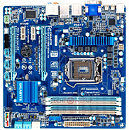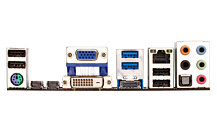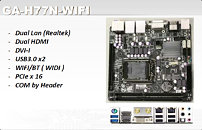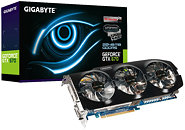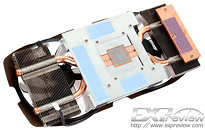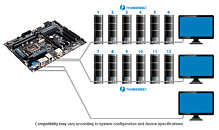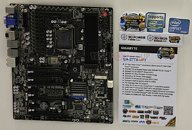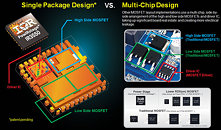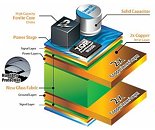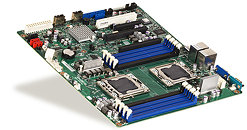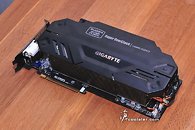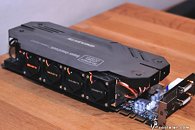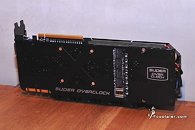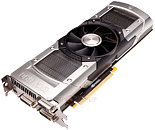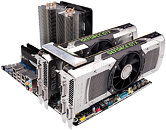
Gigabyte Outs First Dual-Thunderbolt Micro-ATX Motherboard
Gigabyte released the first motherboard in the micro-ATX form-factor to feature two Thunderbolt interfaces. The Z77MX-D3H-TH from Gigabyte is built in the standard 240 x 240 mm micro-ATX form-factor, and based on the Intel Z77 Express chipset, supporting socket LGA1155 Core "Sandy Bridge" and "Ivy Bridge" processors. The board uses an Intel DSL3510L dual channel Thunderbolt controller to drive its two ports.
The two ports, electrically-compatible with mini-DisplayPort, double up as display outputs that are routed to the Flexible Display Interface (FDI) taking display from the processor's integrated graphics core. With the included Lucid Virtu MVP software, graphics processed by discrete graphics cards can be output though the FDI, and hence these Thunderbolt ports.
The two ports, electrically-compatible with mini-DisplayPort, double up as display outputs that are routed to the Flexible Display Interface (FDI) taking display from the processor's integrated graphics core. With the included Lucid Virtu MVP software, graphics processed by discrete graphics cards can be output though the FDI, and hence these Thunderbolt ports.
